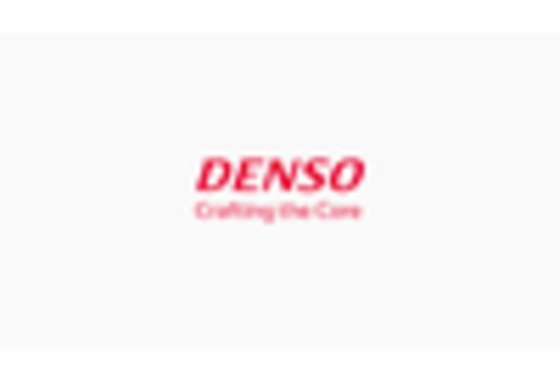Market Share
Tire Pressure Monitoring System Market Share Analysis
In the fiercely competitive landscape of the Tire Pressure Monitoring System (TPMS) market, companies employ various market share positioning strategies to gain a competitive edge and carve out a significant space for themselves. One common strategy is differentiation, wherein firms emphasize providing distinctive characteristics or higher quality than competing organizations. Investing in research and development companies aim at designing creative TPMS technologies that meet the regulatory standards apart from additional functions like real-time monitoring predictive maintenance or even incorporating vehicle telematics.
Another popular method is cost leadership, where businesses seek to become the lowest-cost producers in a given market. This approach demands good production processes, economies of scale and careful cost management. How can they reach price-sensitive customers and get a market share by providing TPMS solutions at the low cost but without compromising on quality? This strategy becomes very effective where prices are the key determining factor for consumers.
Market segmentation is another crucial aspect of the TPMS market positioning. Companies study the variety of demands from their target audience and design products accordingly. By way of example, certain consumers may place a greater emphasis on advanced features while others will have more interest in simplicity. By providing a variety of TPMS offerings that are suitable for different customer groups, businesses can address more customers and translate to larger market share. This strategy entails having in-depth knowledge of customer preferences and demands across different regions and demographics.
Collaboration and partnerships are another important strategy in the TPMS market. These alliances between companies can be with automobile manufacturers, aftermarket service providers or technology firms in order to increase their market presence. Companies can expand their outreach by incorporating TPMS technology into new vehicles or partnering with service centers to facilitate aftermarket installations. These partnerships also provide access to complementary resources and expertise, encouraging innovation while speeding up the market penetration.
In addition, proper marketing and branding are also essential for establishing market share positions. Companies spend millions in developing a powerful brand image that attracts consumers. One of the ways to affect customer perceptions and choices is proper communication of benefits as well as unique selling propositions for their TPMS products. By ensuring consistent quality, reliability and customer service helping in building brand loyalty aids companies to not only maintain their retains customers but also attract new ones leading towards market share growth.
In the dynamic nature of the TPMS market, it is essential to stay up-to-date with technological progress. With that in mind, companies able to invest heavily in leading edge technological innovation can position themselves as the market leaders. This involves continuous research and development efforts to integrate the latest sensor technologies, connectivity solutions, and data analytics capabilities into their TPMS offerings. By offering state-of-the-art solutions, companies not only meet the evolving needs of consumers but also establish themselves as pioneers in the market.

















Leave a Comment